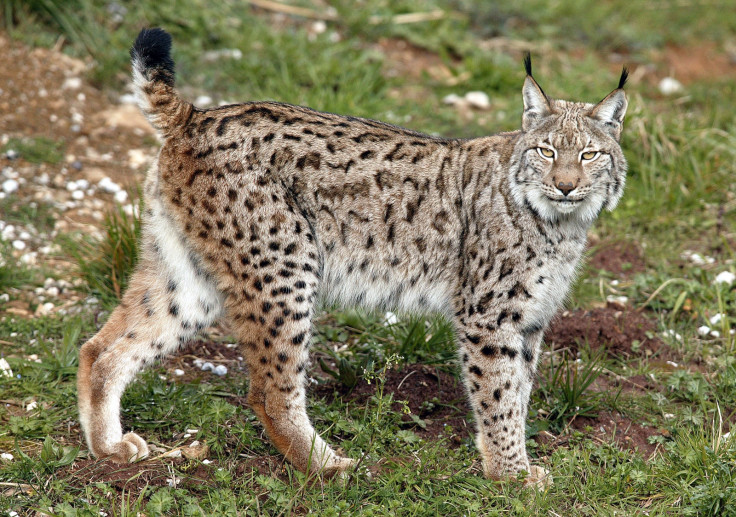The lynx effect – wildcats may return to UK after 1,300 year absence
Ambitious program to reintroduce wild lynx to England and Scotland is now up for public vote

Wild lynx may prowl the forests of England and Scotland 1,300 years after becoming extinct if an ambitious program to reintroduce them to the UK is successful.
The Lynx UK Trust, an organization "dedicated to reintroducing the lynx back into the ecosystem of the British Isles", launched a survey on Sunday (8 March) intended to gauge public reaction to their proposal.
The trust argues that the reintroduction of the Eurasian lynx will benefit the ecosystem, "helping control numbers of deer and a variety of agricultural pest species while protecting forestry from deer damage caused by overpopulation".
"The lynx is a magical animal," Paul O'Donoghue, a science adviser to the trust, told the Sunday Times. "It is one of the most beautiful cats on the planet and its absence makes Britain a poorer place."
If the plan is approved by Natural England and Scottish Natural Heritage (SNH) – the government bodies that regulate species reintroduction – lynx wearing electronic tracking collars will be released on privately owned estates in Norfolk, Cumbria and Aberdeenshire. Around four to six lynx will be released at each site.
This solitary, secretive cat prefers dense forests to hide in, predominantly preying upon deer, rabbit and hare. Despite their powerful claws and large size – lynx weigh up to 70lb and are roughly the size of a large dog – they do not present any threat to humans.
Tom Marmount, a businessman and the owner of Grumack Forest in Aberdeenshire, described the benefits of having lynx on his property to the Times, saying: "Lynx will have an extremely beneficial effect on our forest systems, both directly and as ambassadors for wider conservation projects."
The owners of the two proposed English sites currently prefer to remain unnamed.
The proposal is controversial with farmers and some landowners, who argue that the lynx pose a threat to livestock and grouse.
A spokesman for the National Farmers' Union said: "We would be concerned about the reintroduction due to its high cost and failure risk.
"We believe budgets are better focused on developing existing biodiversity."
The criticism was addressed by SNS policy director Ron Macdonald, who told the Times the proposal had "pluses and minuses".
"Lynx could help reduce deer numbers in Scottish woodlands but some land-use organisations have concerns about the impact of a reintroduction on livestock," he said.
Eurasian lynx are the third largest predator in Europe, after the brown bear and the wolf. They can currently be found in the forests of Russia, Scandinavia and the Carpathian Mountains of Eastern Europe.
They were also reintroduced to Germany and Switzerland, where they breed and colonised other areas.
They are related to the critically endangered Iberian lynx, the most world's most endangered cat, which is native to Spain and Portugal.
© Copyright IBTimes 2025. All rights reserved.





















